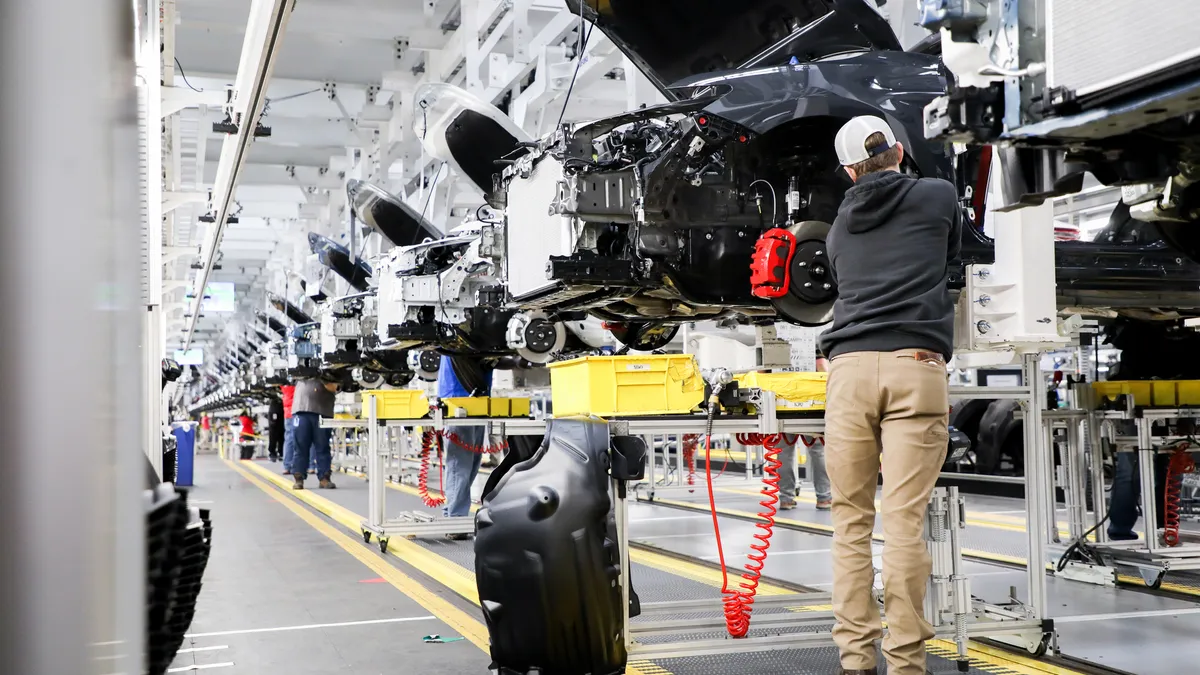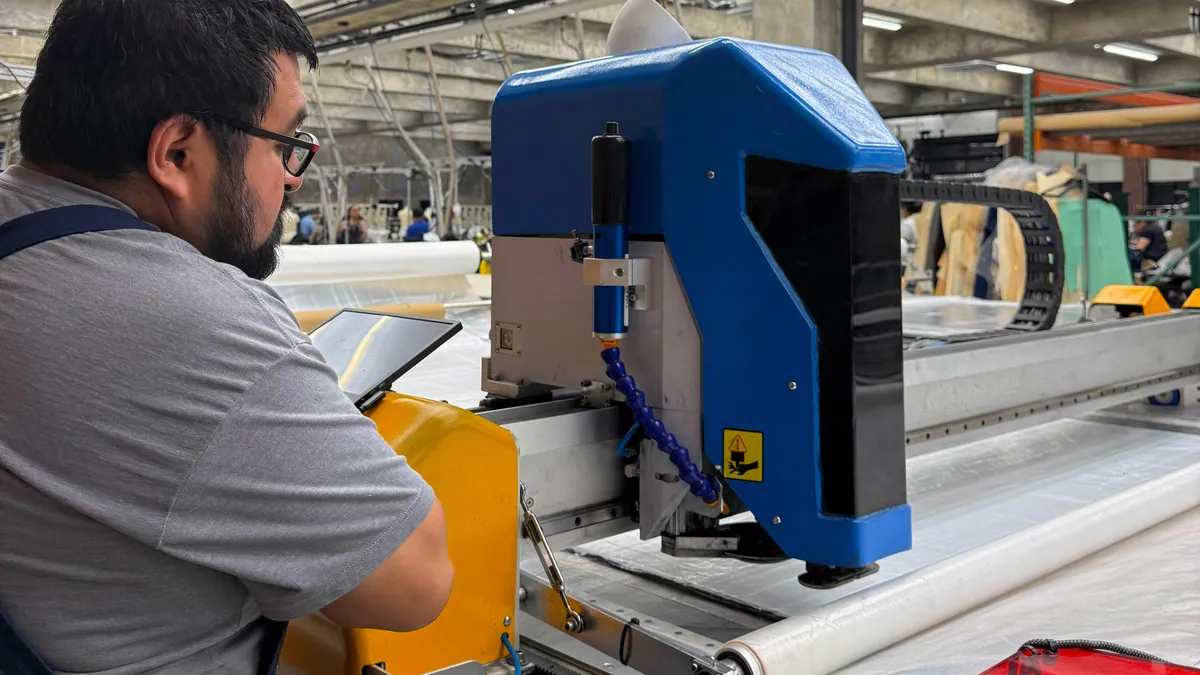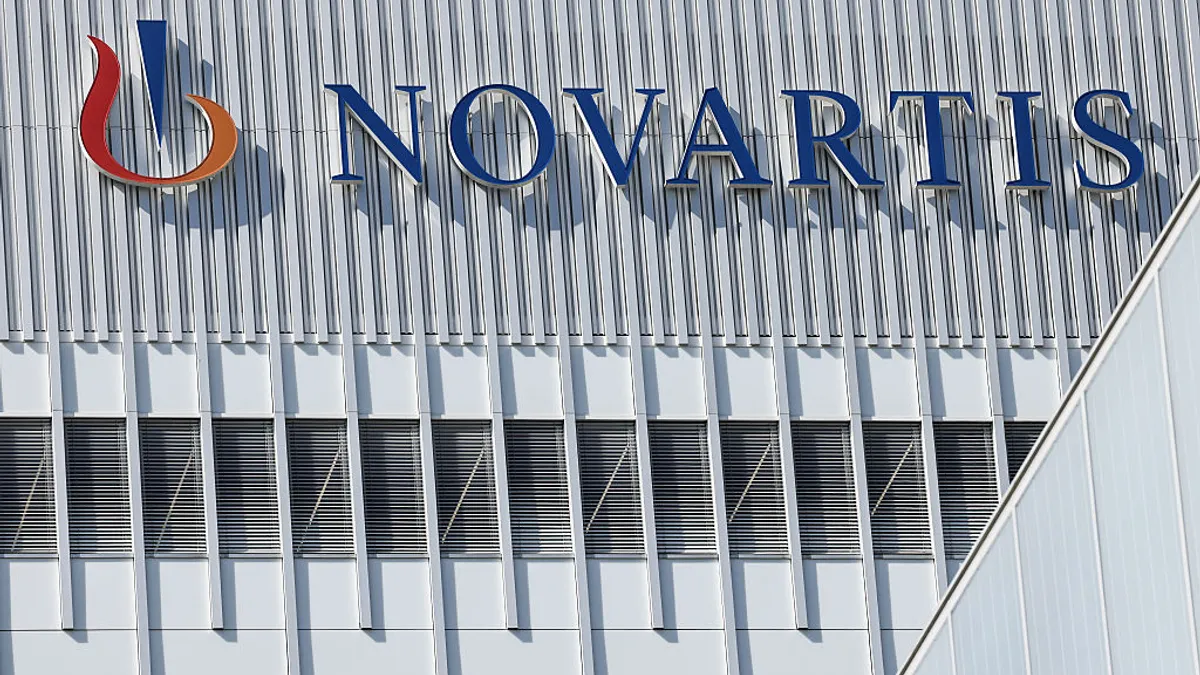In the small city of Sheffield, Iowa, it was not uncommon for people to drive more than 30 miles for child care just a few years ago.
Emily Schmitt, chief administrative officer and general counsel at Iowa-based Sukup Manufacturing Co., recalled a human resources worker at the farm equipment company who struggled to manage her schedule with a child care facility about 45 miles away from her job. “She couldn’t leave as early as she needed to get here,” said Schmitt
Eventually, Schmitt said, that worker left the company. Around this time, Schmitt also saw multiple daycare centers close or face setbacks from debt and expenses incurred during the COVID-19 pandemic, further limiting available options for workers with kids.
“We were having issues of people not being able to stay employed in our Sheffield location because there wasn't child care availability,” Schmitt said.
About 23% of the state’s residents live in a so-called “child care desert,” or areas with a shortage of licensed providers, as of a 2021 study conducted by Iowa Gov. Kim Reynolds’ Child Care Task Force. For rural families, the situation is worse at 35%.
Some manufacturers are stepping up to fill the void themselves.
Sukup, one of Sheffield’s largest employers with over 600 people on staff, formed a coalition with West Fork School District and United Bank & Trust Co. to raise money for a local child care center. The group applied for and received a state matching grant of $1.25 million for the estimated $3.3 million project. Following a year of construction, Bin Town Child Care officially opened November 2024.
With capacity for 112 children, the center nearly “tripled the amount of spots open in Sheffield,” Schmitt said, and alleviated stress for families in the area. Currently, she said, 60 spots are filled, with about one-third accounting for the children of Sukup’s workers.
“It really is a community need, not just Sukup Manufacturing,” Schmitt said.
Major companies such as Toyota and Intel are also expanding their partnerships with child care providers, in part, to enhance their workplace culture and retain their workers. According to a study from the Manufacturing Institute, nearly half of respondents reported flexibility as an “important reason for why they stay with their employer.”
As child care costs continue to rise and availability declines, manufacturing workers who bear these responsibilities — often women — often have no choice but to exit the labor market, according to the report. However, it said, companies can address these concerns by offering flexible schedules and increasing the amount of available care, especially in rural areas.
“As we went through COVID and things like that, there was a lot of talk about child care, and the team members’ needs kind of shifted around,” said Myriah Sweeney, general manager for people and property services for Toyota North America. “They weren’t asking for child care prior to that ... or it didn’t seem to be as big of an issue.”
This prompted Sweeney and others at Toyota to evaluate areas near the company’s factories to expand their child care center footprint. The company opened its first onsite child care center at its largest factory in Georgetown, Kentucky, in 1993. It added a second center at its location in Princeton, Indiana, in 2003.
In the company’s recent search, Sweeney said its location in Blue Springs, Mississippi, stood out.
“We only found seven centers in the area,” she said. “They were all full. There were wait lists on all of them. None of them were certified because Mississippi doesn’t have a state certification process, so we couldn’t validate a curriculum or anything like that.”
“And when we looked at the pricing for it, it was expensive,” Sweeney added.
Following its analysis, Toyota decided to invest in four new centers for servicing its locations in Blue Springs; Liberty, North Carolina; Huntsville, Alabama; and Buffalo, West Virginia. The centers have the collective capacity to care for 1,064 children over two shifts. Two centers opened this year, with the remainder slated to open by 2027.
The automaker partnered with Bright Horizons and Vivvi to run the child care centers.
In addition to these new centers, Toyota recently expanded its Princeton location to accommodate up to 366 children over two shifts.
“Toyota pays a lot to make sure that it’s a good quality center,” Sweeney said, declining to provide financial details.
The automaker is also considering expanding its Georgetown child care center, Sweeney said. Both locations have seen two- to three-month wait lists.
Silicon Valley giants have also made an effort to make child care more accessible to factory workers. Last year, Intel unveiled plans to broaden its benefits and pilot new programs, including potential reimbursements, discounts and a backup child care center that is open 24/7 for workers with odd-hour shifts.
Operations at the chipmaker have since been overhauled by new leadership, resulting in the cancellation of construction projects and thousands of layoffs. An Intel spokesperson confirmed in a recent email that “those benefits are still available to employees,” but provided no further details about its child care expansion plans.
An important piece of the child care puzzle for Toyota is ensuring the hours are flexible and aligned with its shifts. In addition to snacks, playtime and educational programming, some beds are available if parents want their kids to sleep while they work a night shift, Sweeney said. Staff members can also ensure kids are awake through the night if instructed to do so.
“We did a lot of benchmarking, and we couldn’t find anybody else that is doing what we’re trying to do with this,” she said.























